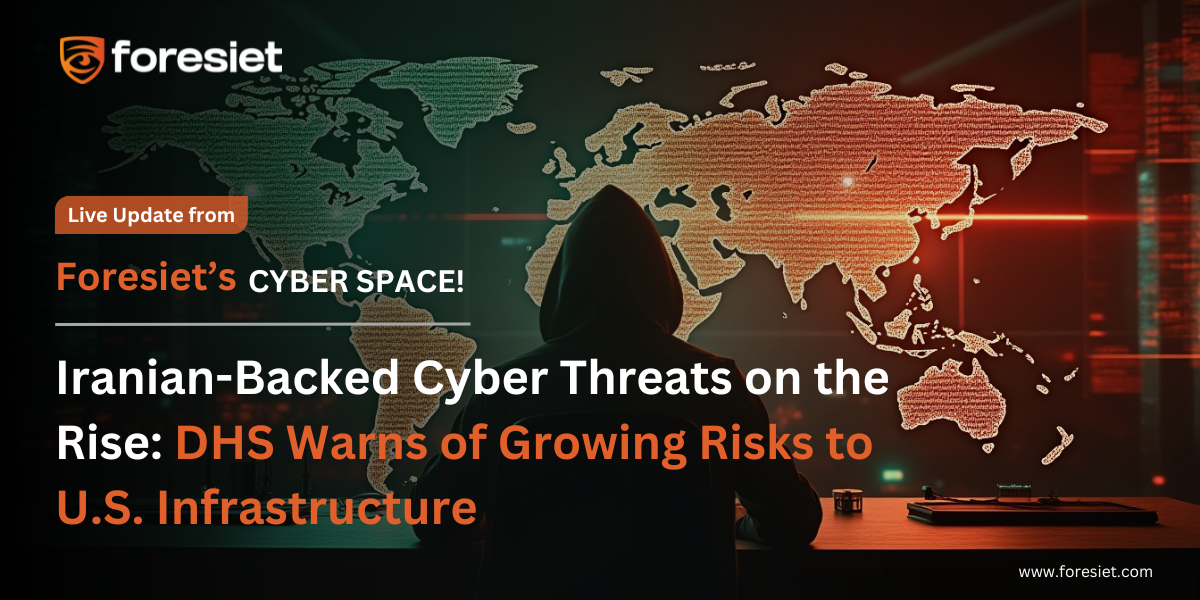Deepfake Threats in GenAI Era: Cyber Resilience at Work

Introduction: The Two-Edged Sword of GenAI
GenAI is transforming industries with record levels of innovation. But the new cyber threats it introduces also introduce a whole new level of worry. Deepfakes are perhaps the most unsettling trend here: hyper-realistic audio and video fakes that can deceive even the most trained eyes and ears. As deepfake tech becomes more accessible and advanced, it's time for organizations to prepare their workforce to combat these new threats.
In this post, we take a look at how deepfakes are remaking the cyberface and why it is the heart of cyber-defense against deception driven by AI.
Deepfakes: The New Face of Online Deception
Deepfakes are more than digital hoaxes; they are a radical change in the way we think about truth online. By copying voice, face, and environment, deepfakes take advantage of human credulity and are being weaponized for deployment in cyberattacks, disinformation operations, and scams.
One such high-profile case was a $25 million spoofed transaction facilitated by a deepfake impersonation of an executive-level person. These are not one-off cases—these are becoming part of an emerging trend of AI-based cyber-attacks.
Social Engineering on Steroids
Cybercriminals increasingly target human vulnerabilities. Nearly 70% of successful attacks target humans rather than technology. Deepfakes enhance existing phishing and social engineering techniques by adding a layer of believability through realistic manipulation of audio and video.
Imagined: A video call from a "coworker" pleading for login credentials or a voicemail from a "contractor" seeking project details. Such strategies rely on emotional triggers like urgency, fear, or authority—making them almost undetectable.
The Rise of AI-Enabled Fraud
Ease of access to large language models (LLMs) and AI-powered editing software has made deepfakes easier to create than ever. The attackers can now perform customized, scalable attacks impersonating voices, faces, and even behavioral traits.
This change has increased the number of targets beyond C-suite leaders. Middle managers and frontline employees, who would otherwise not receive thorough security training, are being targeted with social engineering through deepfakes more and more. Democratization of deepfakes renders every single member of an organization a possible attack vector.
The Psychology Behind the Threat
Deepfakes prey on our inherent biases—namely our susceptibility to believing what we hear and see. Deepfakes are crafted to move us emotionally and circumvent rational thought. This type of fraud overloads cognitive bandwidth, which is to say that it's almost impossible for people to verify each piece of content under time pressure.
This psychological manipulation underscores the importance of integrating digital footprint analysis and online risk evaluation into the general cybersecurity plan of organizations.
A People-Centric Defense Strategy
Organizations need to move away from reactive defense systems to proactive defense systems. This includes:
- Cyber Awareness Training: Train all staff members to be able to recognize emotional manipulation and AI-based fraud.
- Culture of Vigilance: Foster an open reporting culture and suspicious activity reporting.
- Regular Exercises: Perform deepfake simulations on a regular basis to keep employees alert and attentive.
These practices not only reduce risks but also facilitate digital threat scoring and compromised data tracking as habitual organizational practices.
Tech and Tools: Augmenting Human Efforts
Whereas these have to be supplemented through training, such technology as darknet monitoring service, brand impersonation defense, and digital threat scoring systems will be more forthcoming regarding the danger. These solutions can notify organisations of compromised identities and impersonations on the dark web and the internet.
Resources such as Foresietare able to support companies in detecting digital threats, improving brand safety, and building their overall approach to risk management.
Conclusion: Resilience Starts with People
Deepfakes are a technical issue, but also an organizational and psychological issue. As AI-generated content becomes more realistic and ubiquitous, building a cyber-aware workforce becomes mission-critical.
The greatest defense is to equip your people with the correct knowledge, gear, and support infrastructure. With the application of employee vigilance combined with cyber surveillance and threat prevention protocols on the internet, organizations not only are able to identify and act on threats earlier but secure their business ahead of time from future cyber-attacks.
About us!
Foresiet is the pioneering force in digital security solutions, offering the first integrated Digital Risk Protection SaaS platform. With 24x7x365 dark web monitoring and proactive threat intelligence, Foresiet safeguards against data breaches and intellectual property theft. Our robust suite includes brand protection, takedown services, and supply chain assessment, enhancing your organization's defense mechanisms. Attack surface management is a key component of our approach, ensuring comprehensive protection across all vulnerable points. Compliance is assured through adherence to ISO27001, NIST, GDPR, PCI, SOX, HIPAA, SAMA, CITC, and Third Party regulations. Additionally, our advanced antiphishing shield provides unparalleled protection against malicious emails. Trust Foresiet to empower your organization to navigate the digital landscape securely and confidently.
Protect your brand, reputation, data, and systems with Foresiet's Integrated Digital Risk Platform. 24/7/365 threat monitoring for total peace of mind.


July 1, 2025, 7:17 p.m.

July 1, 2025, 7:07 p.m.